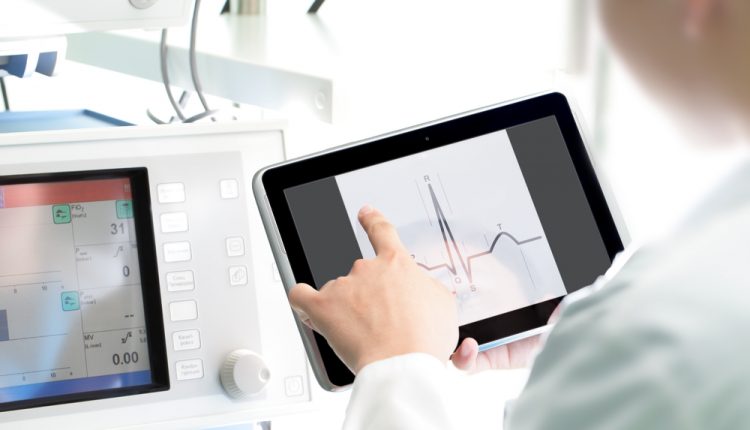Vectra Identifies New Exploitable Attack Surface Within Healthcare Sector
Spotlight Report from Vectra on healthcare discredits the widely held belief that external threats would lead to an increase in data breaches during the COVID-19 pandemic.


Network threat detection and response (NDR) player Vectra AI has released its 2020 Spotlight Report on Healthcare. The report shows an upward trend in exploitable behaviours and discredits claims that external threats would lead to increased internal threat activity. The latest Spotlight Report on Healthcare is based on observations and data from January-May of this year using a sample of 363 opt-in enterprise organisations in healthcare and eight other industries.
The COVID-19 pandemic has sparked the global adoption of cloud services across all industries. However, healthcare has suffered the most sudden and rapid pivot to support overwhelmed infrastructure and increased collaboration using the same strapped IT and security resources.
“Healthcare providers have been tasked with quickly leveraging remote access and cloud analytics to scale their operations,” said Chris Morales, Head of Security Analytics at Vectra. “While cloud computing better optimises the use of resources in healthcare, it also creates significant risks. This is especially true when cloud adoption happens faster than proper due diligence can be applied by information security personnel. This trend will persist well after the pandemic.”
Security teams must now urgently grapple with where healthcare data resides and how to safeguard it. To do so requires pan-organisational cooperation among IT and security teams as well as visibility that integrates the cloud and the on-premises infrastructure to enable a truly comprehensive threat detection and response capability.
Vectra investigated network behaviours that are consistent with threats across the entire cyberattack lifecycle – botnet monetization, command and control, internal reconnaissance, lateral movement, and data exfiltration. Upon closer examination, these behaviours were found to be from cloud migration activities, and not attackers. The following are key highlights from the report:
- A 38 percent increase in command-and-control behaviours from January-May 2020, which indicates remote access of internal systems by the remote workforce.
- The doubling of data exfiltration behaviours, which indicates data leaving internal healthcare networks to external destinations like cloud services.
- Europe, the Middle East, and Africa (EMEA) and North America have shown an increase in the volume of external data movement, known as exfiltration. This is consistent with cloud migration.
- Smash-and grab behaviours have increased significantly, which can occur with a medical device that instantly sends large volumes of data to a hosted cloud site.
- Data smuggler activity has largely increased, which can occur when patient medical records are transferred to cloud storage.
From January-May 2020, the Vectra Cognito Network Detection and Response (NDR) platform detected and correlated behaviours consistent with attacker behaviours in host devices, assigned a threat-severity score, and prioritised the highest-risk threats to healthcare. This analysis provides the context needed to better understand what data is moving to the cloud, as well as how it is being used and shared.
For healthcare organisations, the migration of data to the cloud was already in motion, and COVID-19 has accelerated this transition and the policies that govern it. NDR is an effective approach for the detection and response to attackers that circumvent or defeat defensive controls and gain an operating capability inside an organisation’s infrastructure.





